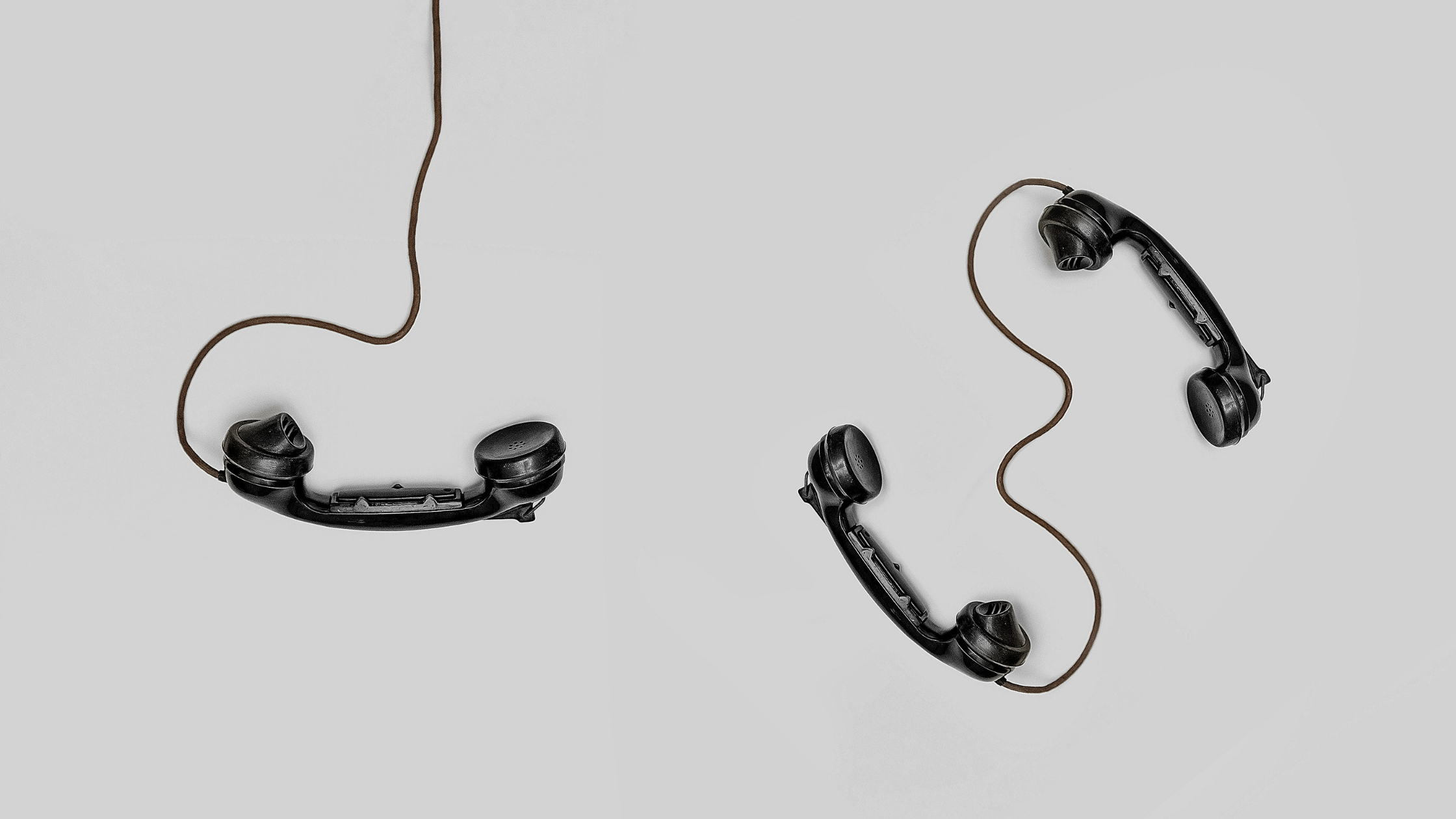SCIP Database: Importance of Supply Chain Communication

The recent ECHA newsletter described ways on how companies can reduce their workload in relation to creating notifications to the SCIP database through supply chain communication. With the deadline for SCIP notifications coming up, being able to rely on supply chain communication to make use of simplified SCIP notifications or using referencing may be a desirable option for many companies.
For Distributors – Simplified SCIP Notifications
A simplified SCIP notification utilizes data from articles that are already submitted to the SCIP database by other companies. Instead of having to provide a full dataset using the standard (and complicated) IUCLID dossier format, the simplified SCIP notification provides a way for a legal entity to reference the data from a different legal entity. It is important to note that this is possible only in cases where no modifications are made to the article.
This type of notification is particularly of interest for distributors to reduce their SCIP notification workload. To perform a Simplified SCIP Notification, a distributor would need to obtain the unique identifier known as a ‘SCIP number’ of the article that has already been submitted to the SCIP database by the manufacturer. The manufacturer will receive the ECHA assigned SCIP number from the ECHA Submission Portal after successfully submitting an article’s first dossier. The distributor would then need to submit a simplified SCIP notification referencing the manufacturer’s SCIP number. After completing the submission, the distributor will then receive an own unique SCIP number that can then be supplied to its customers.
For Assemblers and Producers – Referencing
Referencing refers to using articles in a notification that is already submitted to the SCIP database. This concept is relevant for assemblers, where an article from a supplier is incorporated into a complex object.

For example, a bicycle manufacturer may receive its wheels from another company. If the wheel manufacturer has already submitted the wheels into the SCIP database, the bicycle manufacturer can simply reference the wheel manufacturer’s SCIP submissions. This eliminates the need for the bicycle manufacturer to maintain all the mandatory data related to the wheels and instead can reuse the data already submitted. It is important to note that the article that is being referenced cannot undergo any modifications when incorporated into a complex object.
This can be an attractive option for assemblers and producers to reduce their workload. Assemblers and producers must ensure that they obtain the SCIP number from their suppliers and include these numbers in their SCIP notification for the product (or complex object). The advantage of this is that if their supplier updates the SCIP notification, the producer does not need to take any action to update their affected complex objects. Producers only need to update their SCIP notifications if they change the design of their product (complex object).
For more information, view the helpful slide deck created by ECHA.
Start Preparing for SCIP Notifications
Both methods – simplified SCIP notification and referencing – require good communication between actors in the supply chain. Using these methods saves time, however, it only works if companies who supply parts to producers or assemblers submit their SCIP notifications early so that companies downstream can refer to the submitted notifications.
Before deciding on your company’s strategy for managing SCIP notifications, you need to examine the size of your product portfolio and take stock of where your products are assembled and what parts are being imported from outside the EU. As the SCIP database requires details about your products, you might want to consider investing in an IT solution to manage these details and ease the workload. If your company runs SAP, check out our opesus EHS Product Notification for EU SCIP format.


